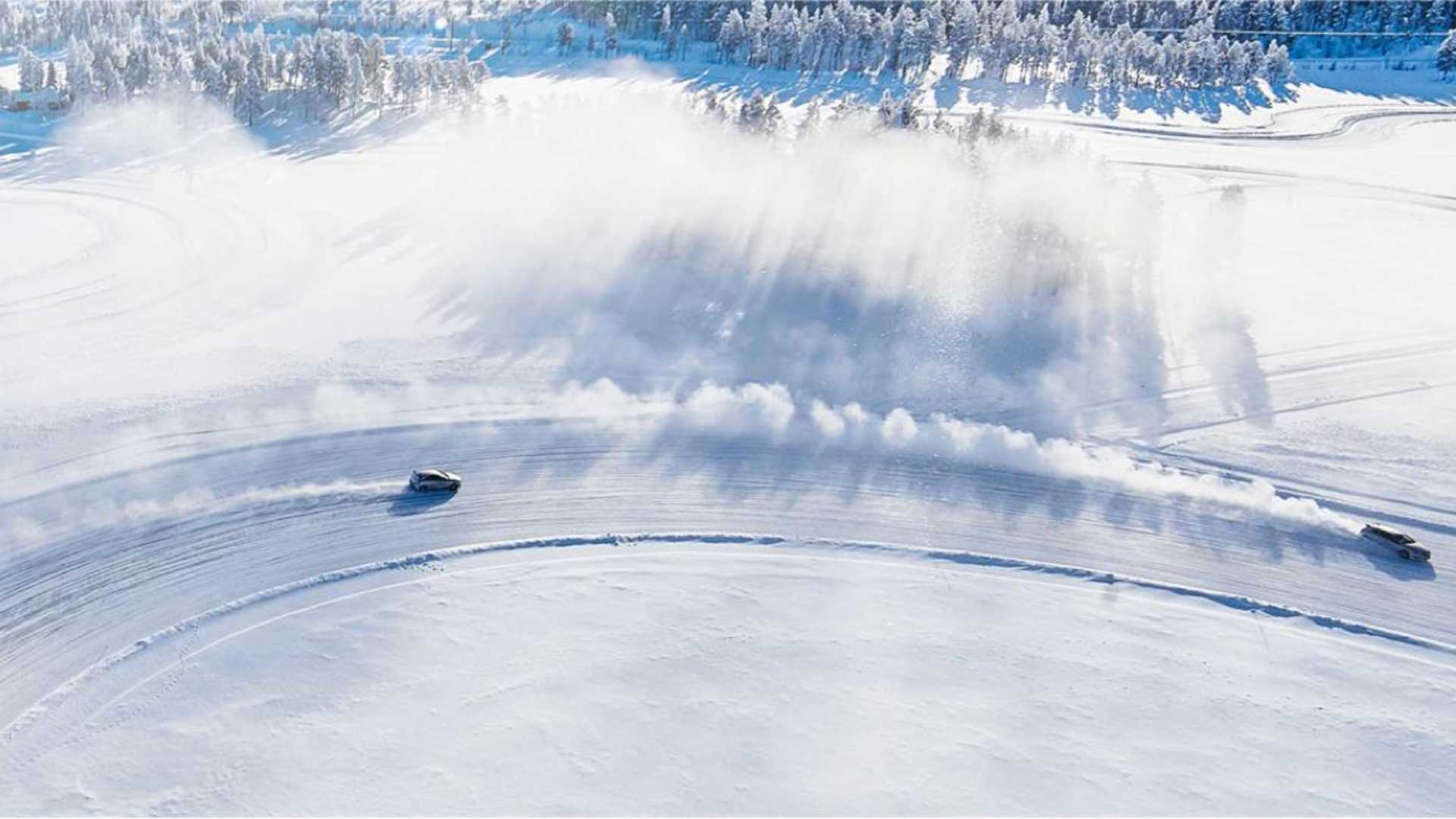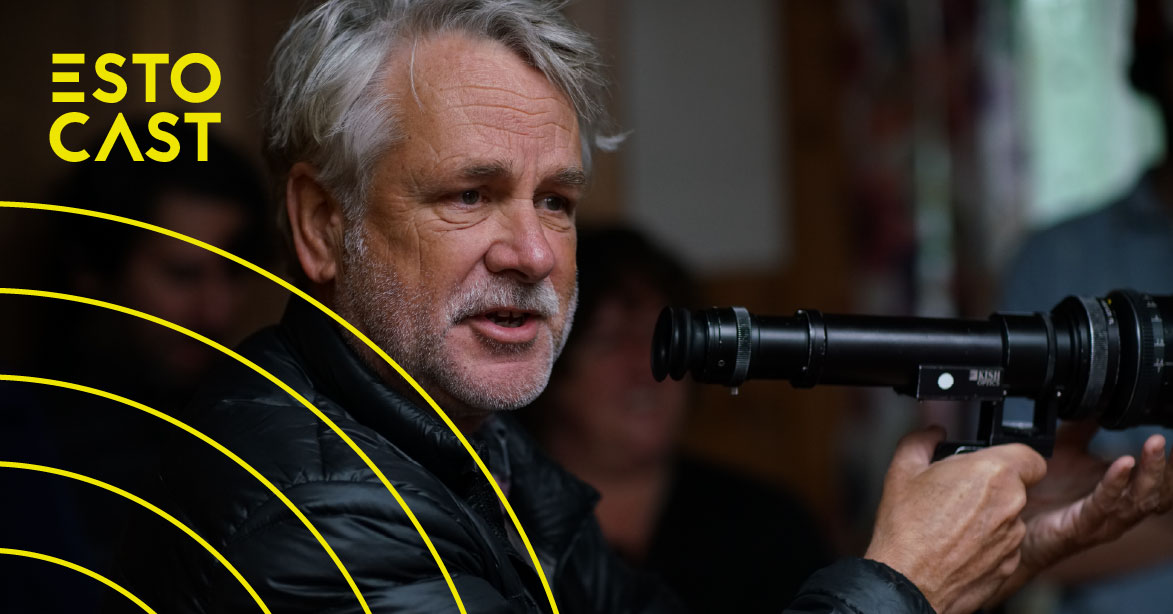There's actually a very good reason why you would want to do this in Estonia. Not on the main roads, but when you get behind the wheel and hit the gas pedal on one of the nation's seven official ice roads.
The longest ice road in Europe, at 26 kilometres, is between the island of Hiiumaa and Rohuküla in mainland Estonia. Another large one is a 15 kilometre track from Triigi on the island of Saaremaa to Tärkma in southern Hiiumaa. With two minute intervals and at least 250 metres of distance between each car, you are pretty well isolated on a barren sheet of ice and snow.
Estonia's highway authorities have made what could otherwise feel like a heart palpitating episode of Ice Road Truckers into an orderly part of everyday life. It's very clearly indicated by the Traffic Management Centre which roads are open during the daylight hours, and which ones aren't. You might see some birch branches line the sides of these roads so you don't veer off. Otherwise, follow the tire tracks and keep these points in mind.
You'll have to keep moving at a steady velocity! Consistent speed up to 25 kilometres per hour, or alternatively, between 40 and 70 kilometres per hour, is very important. Heavy surface pressure and ice breakage is more likely between those two speed ranges. As BBC's Top Gear has suggested, moving at a fast clip distributes the pressure of the car across a larger surface area of ice. However, your car also needs control and grip. So leave the drifting for Lake Winnipeg in Gimli, Manitoba. Don't stop your car either.
If an ice road is closed at short notice, due to visibility issues for example, drivers have to turn back and inform everyone behind them of the change. So there's a sense of looking after other road users.
As mentioned before, unbuckle your seatbelt in case you have to make a fast exit from your car. And if you do get into a precarious situation, you'll want to have the number of the surveillance staff on hand to get help. Falling through the ice and walking back would be perilous. Yet, if you follow the rules, this won't happen.
Don't be alarmed, though, when you pass a large passenger ship breaking through the ice in the distance. You may even go up and over small cracks filled with bluish icy water, driving across wooden slats. But the ice quality and thickness is examined impeccably so that it is safe to cross. A usable ice road will be 22 centimetres thick or more. In fact, due to freshwater runoff, shallowness, and considerably less salt content than other bodies of water, the Baltic Sea freezes easily. And this contributes to its suitability as a driving surface in winter. Sometimes as late as mid March.
Ice roads have become a necessity for people getting from place to place efficiently, to get work done and make it back home. Before the combustion engine came around, people travelled by horse across these passages. Sometimes with war on their minds. Nowadays, the icy routes may be an expedient, discount shortcut compared to ferries and other roads.
Beyond their practical usage, in a country with a strong rally tradition, ice roads are the scene of motorsports, too. For instance, icedriving.ee lists a number of courses for rally drivers and other confident drivers. One package includes instruction from Pentus Racing Academy, operated by racing driver Sten Pentus. In this course, you get to drive 300 kilometres over one day in a BMW on Võrtsjärv between Viljandi and Tartu, plus all of the automobile essentials. It's a good way to throw some off-season cross-training into the mix.
While in most other places, ice driving would be an impossibility, here it seems to be both practical and sporty.
This article was written by Vincent Teetsov as part of the Local Journalism Initiative.




